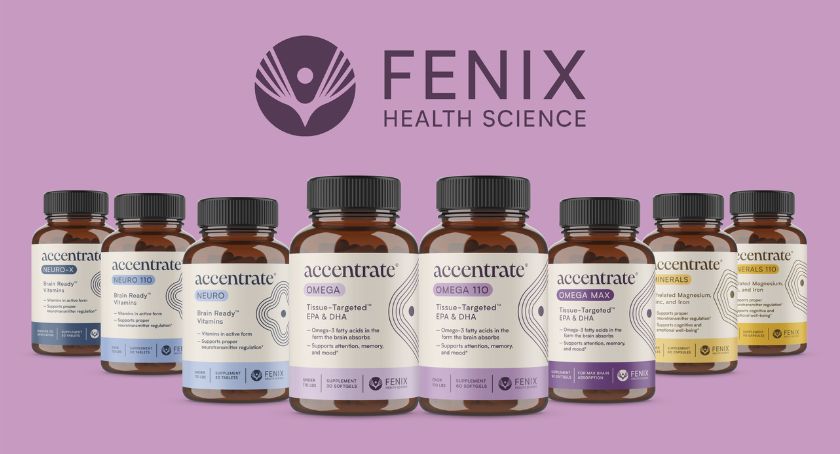Exclusives
The State of Snacking
IRI research examines the trends of 2015 and anticipates opportunities for 2016.
By: Lisa Olivo
Snackers today are looking for convenience, nutrition and above all, taste, according to a recent webinar hosted by Chicago-based research firm IRI titled “How America Eats: 2016 State of the Snack Food Industry.” To meet the demands of modern consumers there is a snack for every occasion, health need and type of consumer, which has in turn led to continued growth in the snack food category, even outpacing total food and beverage trends.
Sally Lyons Wyatt, executive vice president & practice leader, client insights, for IRI pointed to several key themes impacting the snacking sector. Millennials and Baby Boomers are the biggest drivers of growth within the category, according to Ms. Wyatt, while wellness plans are also influencing snacking purchases. The life stage of consumers is impacting how and why they snack, with the role of the snack in the consumers’ routine varying greatly. Furthermore, many consumers are looking to snacks as mini meals occurring throughout the day, leaving convenient snack options in competition with quick serve restaurants.
2015 Trends
Snacking dollars were up 3.5% in 2015, compared to food and beverage (2.9%) and total consumer packaged goods (CPG), however, overall unit sales were lagging.
“We know that pricing played a role in that dollar sales growth,” noted Ms. Wyatt. “When we dove in and looked at core versus extended snacking you see a different story. You find in core, that both dollars and units are increasing, while in extended snacking—and those are items like specialty nut butters and eggs, etc.—they’re declining in unit sales.”
Salty snacks was the largest sales category, followed by chocolate candy, yogurt, non-chocolate candy, natural cheese, cookies, crackers and snack/granola bars.
When analyzing the data, Ms. Wyatt said refrigeration stood out as a clear theme in 2015, indicating consumers were on a quest for “fresh” product offerings, citing the rising popularity of hummus as a prime example.
Within the extended snacking category, smoothies continue to be a consumer favorite, along with soups, jellies and honey. Meanwhile, previous crowd pleasers such as breakfast drink mixes, luncheon meats, and refrigerated baked goods dropped in both dollars and units.
Healthy snacks topped indulgent offerings, Ms. Wyatt observed, with healthy snacks up 3.8%, while indulgent snacks grew just 3.4%.
Snack sized produce also saw gains, particularly with apples, grapes and variety fruits and vegetables. Convenient, snack-sized portions of fruits and veggies answer the call for fresh, nutritional, convenient snacks, however, they are high in price, which may be a deterrent to some consumers.
Snacks that are sweet or offer satiety are driving large pack sales, while small pack snacks skewed savory.
“Small sizes really did reign in 2015, and the convenience channel really drove the majority of that,” said Ms. Wyatt. “And you can see whether you’re looking at all other salty snacks, or potato chips, pretzels, or tortilla chips, convenience drove over two-thirds of the majority of those categories.”
Consumers are snacking on average 2.7 times a day, and 46% of consumers snack over three times a day, up five points from 2014. “This number keeps increasing,” said Ms. Wyatt, “but I really think we’re about to get to a stabilization point. But I’m still always amazed by how prevalent snacking is, and it’s still such an active part of how consumers are eating throughout the day.”
Comparing data from IRI’s 2016 Snacking Survey, evening snacking was popular among 57% of consumers in 2016, down from 62% in 2014. Meanwhile, early morning snacking is on the rise, from 18% in 2014 to 20% in 2016, with younger generations driving the trend. Fifty-two percent of households with someone aged 18-24 are eating early morning snacks, while 69% of those households with members 25-34 are consuming them. While Millennials are more likely to have early morning snacks, the practice has increased across the board, with 55% of all consumers surveyed saying they snack during this time.
“What this has done is that it really allows breakfast cookies, biscuits and different breakfast selections to gain momentum,” observed Ms. Wyatt. While this category is still growing, she warned it has the potential of becoming saturated. “If you are looking at morning innovation, you need to make sure that the products you put on the market have benefits beyond what’s already in the market today, because there has been an abundance over the last few years.”
Premium priced snacks outpaced moderately priced and low priced products. Meanwhile, premium packaging and perceived less processing drew in consumers.
Of course, taste is a huge driver when selecting snacks, whether consumers are looking for a healthy mini meal, or a sweet or savory indulgence. Ms. Wyatt reported 88% of consumers look for specific flavors they prefer when choosing a snack, and 36% want gourmet flavors or gourmet quality. The preference for certain flavors clearly varies depending on demographic. While, salty, sweet and cheese flavors are universally popular among adults, younger consumers like Millennials prefer hot and spicy, and aging Boomers lean toward onion flavor.
Top health claims featured on snack foods in 2015 included Kosher, zero cholesterol, USDA Organic, gluten-free, dairy-free and no artificial colors or flavors.
2016 Opportunities
Looking ahead to this year, Ms. Wyatt indicated several key opportunities for producers in the snack space.
She suggested products catering to kids provide a huge gateway for manufacturers. “Snacks play different roles in households with kids,” she explained, while noting no one category fills the demand for all health/flavor preference for kids snacks. However, she stressed that claims and messaging are key, as parents are looking for the best for the children. “When we looked at households with kids, they’re snacking more frequently—28% of households with kids are snacking versus 16% with no kids.” Furthermore, she noted 28% of households with kids seek natural/organics snacks, compared to 18% without kids.
“Households with children represent 40% of macrosnack sales and are driving double-digit sales increases,” said Ms. Wyatt. The strongest sales for snacks are coming from households with young children ages 0-5 and those with teenagers (ages 12-17). In fact, the families with teenagers are even outpacing purchasing for households with younger children.
Ms. Wyatt suggested variety packs were a unique opportunity in the snack space, as they appeal to consumer’s desire for personalization. Variety packs had a 5.4% growth change from 2015-2016, compared to multipacks for the same snack in a larger quantity.
Appealing to health conscious consumers with functional snacks is another way snack manufacturers can benefit in the current market. Wellness plans continue to play a key role in how consumers select their snacks, with IRI reporting 52% of consumers wanting additional health benefits beyond nutrition, and 57% wanting snacks that contain vitamins and minerals. Further, 44% want natural/organic snacks; 60% seek snacks that deliver an energy boost; 49% want a serving of fruit or vegetables in their snack; and 48% look for high-in-fiber snacks. Thirty-seven percent look for probiotics to help with digestion in snack offerings, while 60% look for snacks to fuel their day.
In line with this trend, Ms. Wyatt pointed to growth in snacks utilizing plant-based proteins. Noteworthy offerings included Harvest Snaps’ lentil bean crisps, Late July’s Chia & Quinoa chips, and Nature’s Path Chia Plus Frozen Waffles, among others.
Functional snacks are gaining ground, according to Ms. Wyatt, because they are a convenient and simple way to incorporate healthy eating into consumers’ daily routines. “Part of the reason why consumers are liking these products is because they have far reaching benefits, whether it’s protecting them from cancer, lowering the risk of heart disease, supporting weight loss, reducing cholesterol, or even additional benefits that could come to them from using omega-3 fatty acids, calcium or fiber.”
Claims promoting “real” food ingredients stood out as an emerging trend, according to Ms. Wyatt. Other up-and-coming trends to watch include biodynamic farmed ingredients, cricket protein, acid whey, global flavors such as Thai Coconut Curry, spicy and tangy flavors, and 100% apples as a sugar alternative.
Overall, IRI predicted a bright future for snacking, with sales expected to grow to $35 billion in the next five years.





















